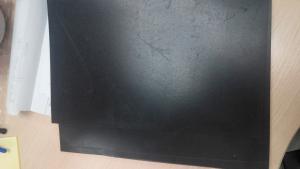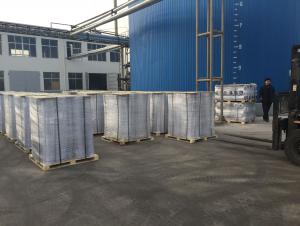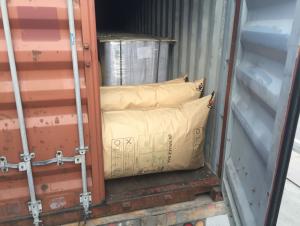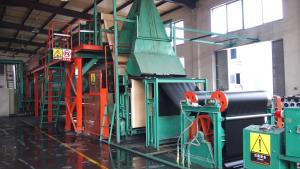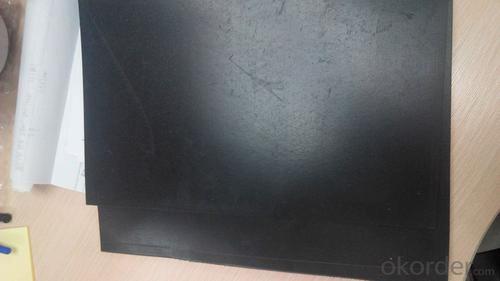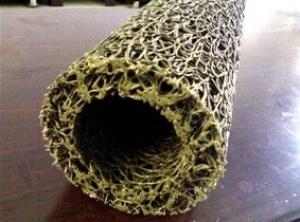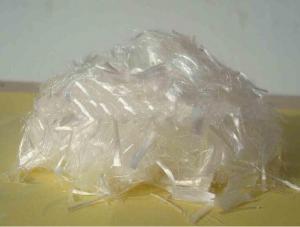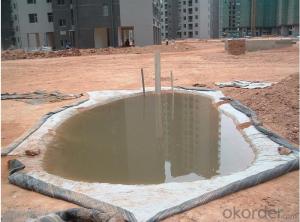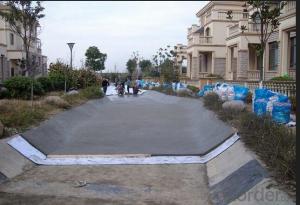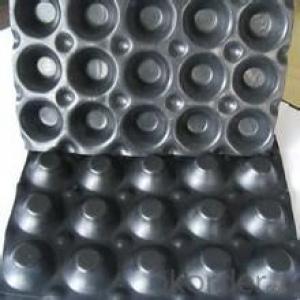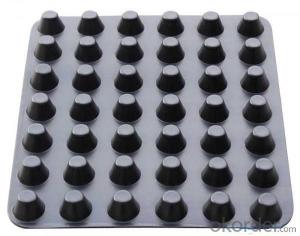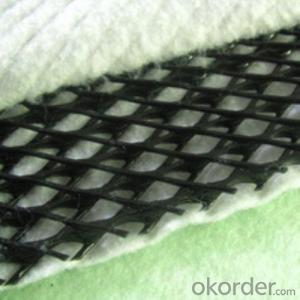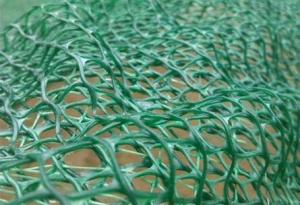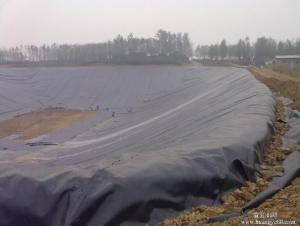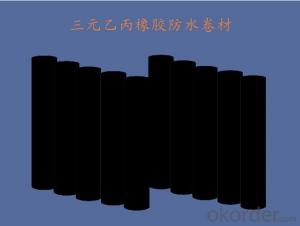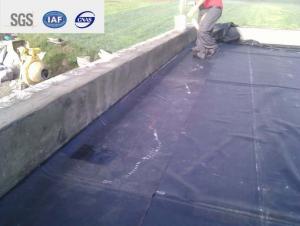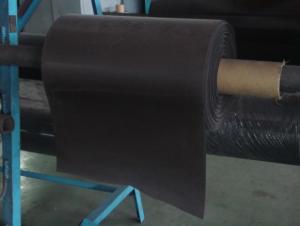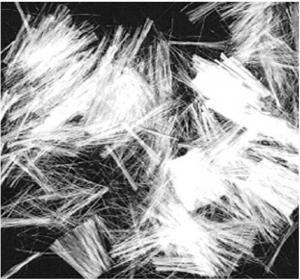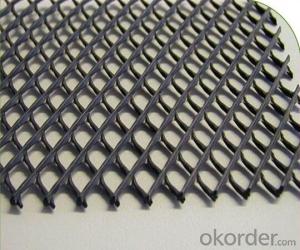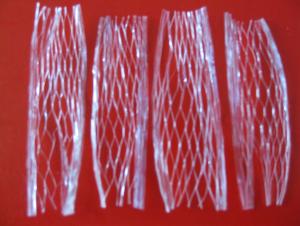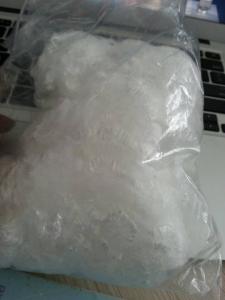EPDM Waterproof Membrane/EPDM Roof Membrane
- Loading Port:
- Qingdao
- Payment Terms:
- TT or LC
- Min Order Qty:
- 1000 m²
- Supply Capability:
- 500000 m²/month
OKorder Service Pledge
OKorder Financial Service
You Might Also Like
Product Introduction of EPDM Waterproof Membrane
EPDM waterproof membrane is of high elasticity with best performance among high polymer waterproof material it’s made of ternary ethylene-pro-pylene rubber.
We owe the world-advanced equipment of cold feeding extrusion and continuous vulcanization technology. With the best performance among high polymer waterproof materials, EPDM is of exceptional elasticity and will not split or cracked under normal building movement.
Specification of EPDM Waterproof Membrane
Type | EPDM Rubber Waterproof Membrane | ||
Type | Vulcanized and Weldable | ||
Thickness | 1.2mm | 1.5mm | 2.0mm |
Weight(kg/m2) | 1.54-1.58 | 1.79-1.83 | 2.25-2.29 |
Size | 1.2m (width) * 20m (length)/roll. Weldable type could be 4m wide. | ||
Packing | 24㎡/roll, with plastic bag. (Weldable: 80㎡/roll) | ||
Usage | Roof, basement, pond, Lake, steel structure roofing, underground, tunnel, etc | ||
Technical Data Sheet of EPDM Waterproof Membrane
NO. | Item | Unit | Technical requirement | |
1 | Tolerance on size | Thickness | % | ±10 |
Width | % | ±1 | ||
length | % | Does not allow negative | ||
2 | Fracture tensile strength (normal temperature ) | Mpa | ≥7.5 | |
Fracture tensile strength(60 ℃) | Mpa | ≥2.3 | ||
3 | Breaking elongation,(normal temperature ) | % | ≥450 | |
Breaking elongation,(-20 ℃) | % | ≥200 | ||
4 | Tearing resistance | KN/m | ≥25 | |
5 | Impermeability | * | 0.3Mpa impermeable | |
6 | Bending at low temperature | °C | ≤-40 | |
7 | Elongation and contraction volume at heating | Elongation | mm | ≤2 |
contraction | mm | ≤4 | ||
8 | Hot air aging 80°CX168h | Fracture strength retention | % | ≥80 |
Rate of elongation at break | % | ≥70 | ||
9 | Alkaline (saturated Ca(OH)2 solution normal Temperature x2 168h ) | Fracture strength retention | % | ≥80 |
Rate of elongation at break | % | ≥80 | ||
10 | Ozone aging (40 degree by 168 hours ) | Elongation 40% , 500x10-2 | * | No Crack |
11 | Phytotron aging | Fracture strength retention | % | ≥80 |
Rate of elongation at break | % | ≥70 | ||
Application of EPDM Waterproof Membrane
1)Roof, Basements, Tunnels
2)Industrial and civil building waterproofing
3)Geosynthetic liner for fish ponds, swimming pools, channels, irrigation system.
Especially suitable for projects with high requirement in durability, anti-corrosion and deformation


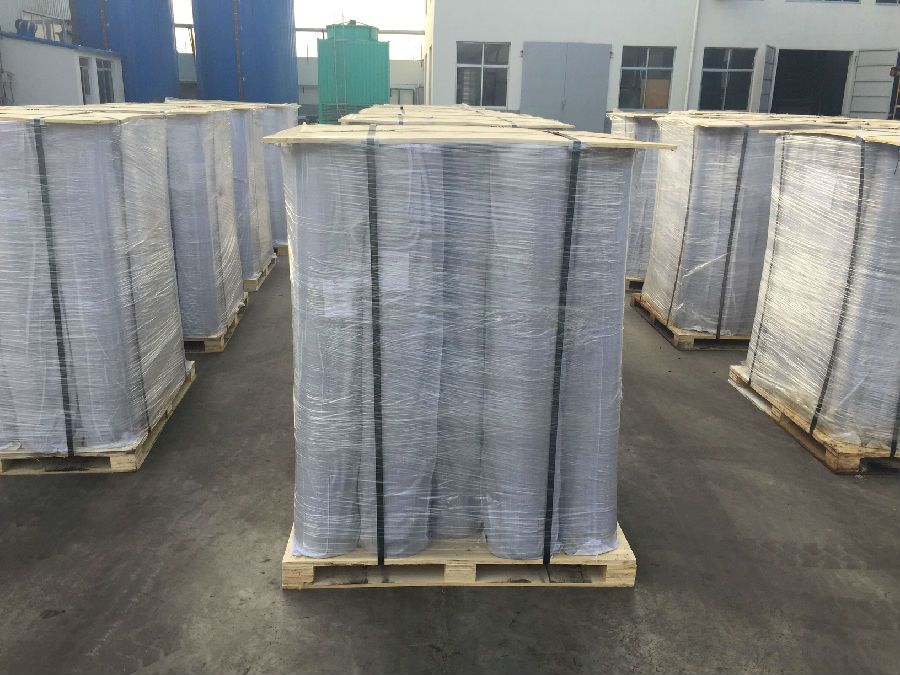
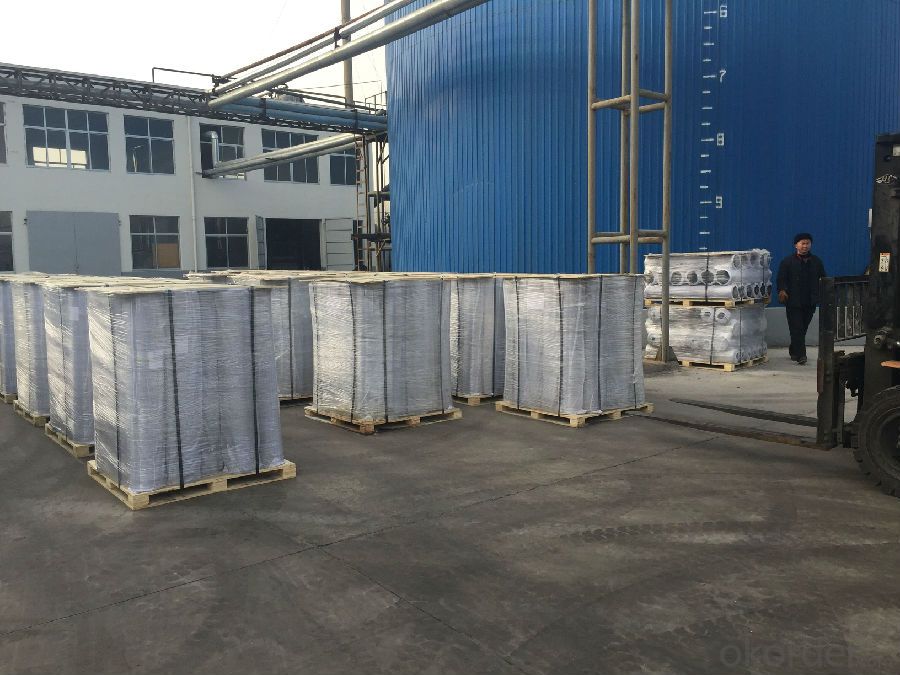

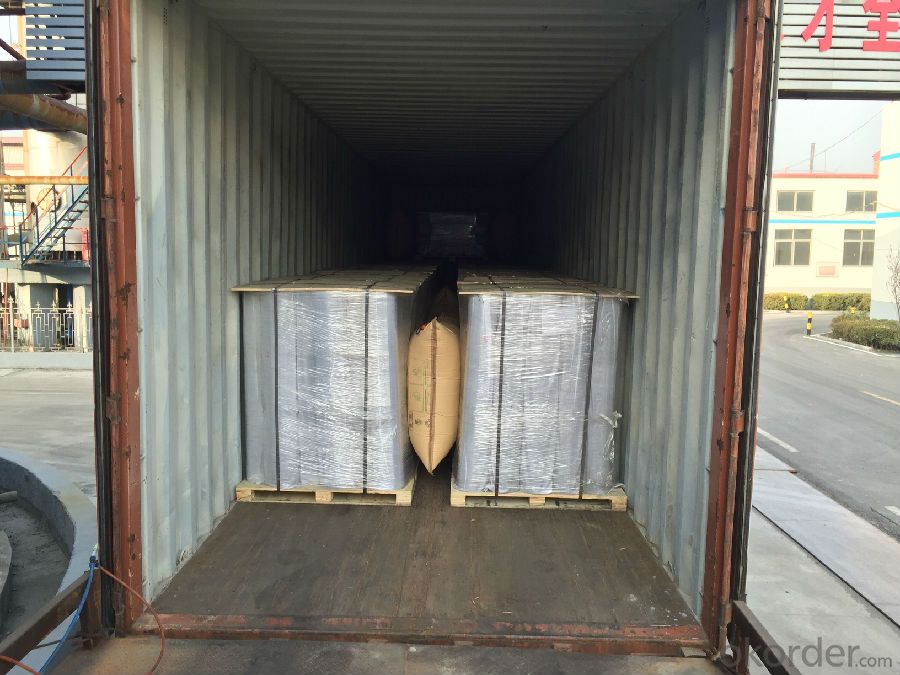
- Q: How do geopipes help in underground infiltration systems?
- Geopipes play a crucial role in underground infiltration systems by efficiently collecting and transporting stormwater runoff to infiltration areas. These pipes, typically made of high-density polyethylene (HDPE), allow for the controlled movement of water underground, preventing surface flooding and reducing the load on sewer systems. Geopipes are engineered with perforations or slots to enable the infiltration of water into the surrounding soil, promoting groundwater recharge and reducing the risk of erosion. Overall, geopipes enhance the effectiveness and sustainability of underground infiltration systems by facilitating proper drainage and promoting environmental balance.
- Q: What are the benefits of using geopipes in earthwork?
- The benefits of using geopipes in earthwork include improved drainage and erosion control, enhanced soil stabilization, and increased construction efficiency. Geopipes effectively channel excess water away from the construction site, preventing waterlogging and reducing the risk of soil erosion. They also provide structural reinforcement to the soil, increasing its load-bearing capacity and stability. Additionally, geopipes simplify the construction process by reducing the need for extensive excavation and the use of traditional drainage systems, saving time, labor, and costs.
- Q: How are geocells used for erosion control on riverbanks?
- Geocells are utilized for erosion control on riverbanks by providing a reinforced structure that stabilizes the soil and prevents its erosion. These cellular confinement systems are filled with soil or other suitable materials, and then placed along the riverbank to create a strong and stable barrier against water flow. The interconnected cells within the geocell system not only enhance the overall strength and stability of the soil, but also promote vegetation growth, further aiding in erosion control.
- Q: What are the common applications of earthwork products in landscaping?
- Earthwork products are commonly used in landscaping for a variety of applications. These include creating raised beds for gardens, building retaining walls to prevent soil erosion, shaping slopes and embankments for aesthetic purposes, and leveling the ground for installing pathways or driveways. Additionally, earthwork products can be used to create terraces, construct ponds or water features, and even sculpt the landscape to create unique and visually appealing designs.
- Q: Are earthwork products resistant to corrosion and rust?
- No, earthwork products are not resistant to corrosion and rust as they are generally made of natural materials like soil, rocks, and concrete, which are prone to deterioration over time when exposed to moisture and other environmental factors.
- Q: Can geosynthetic reinforcement be used for soil stabilization?
- Yes, geosynthetic reinforcement can be used for soil stabilization. Geosynthetics, such as geotextiles or geogrids, are commonly employed to improve the mechanical properties of soil, increase its load-bearing capacity, and prevent soil erosion. These materials are often installed in the soil as layers or grids to enhance its stability, reduce settlement, and enhance overall performance in various construction and civil engineering applications.
- Q: Can geosynthetics be used for reinforcement in road widening projects?
- Yes, geosynthetics can be used for reinforcement in road widening projects. Geosynthetics, such as geotextiles and geogrids, provide strength and stability to the road structure, reducing the need for additional materials and construction time. They improve the bearing capacity of the widened road and help control soil erosion, making them an effective solution for reinforcement in road widening projects.
- Q: How do earthwork products contribute to slope stability?
- Earthwork products, such as geotextiles, geogrids, and geomembranes, play a crucial role in enhancing slope stability. These products are used to reinforce the soil, control erosion, and provide stability to the slopes. Geotextiles, for example, act as a barrier between different soil layers, preventing them from mixing and improving overall stability. Geogrids, on the other hand, increase the soil's shear strength and resistance to sliding, while geomembranes help to control water flow and prevent seepage, reducing the risk of slope failure. Overall, earthwork products act as reinforcements and protective measures, contributing significantly to slope stability.
- Q: A project with autoclaved aerated concrete block masonry facade, the autoclaved aerated concrete block after a week after the masonry, the project completed a month later, the wall cracks, try to analyze the reasons and put forward solution.
- And other materials, autoclaved aerated concrete block drying shrinkage, moisture expansion. In construction applications, if the drying shrinkage is too large, in the presence of constraints to prevent deformation, the shrinkage of the formation of the stress exceeds the tensile strength or bond strength of the product, products or seams will appear cracks. In order to avoid cracks in the wall, must be in the structure and construction to take certain measures. And strictly control the moisture content of the product when the wall is also extremely important, it is best to control the wall moisture content of 20% or less
- Q: Can earthwork products be used for creating walking paths and trails?
- Yes, earthwork products can be used for creating walking paths and trails. Earthwork products such as gravel, crushed stone, or compacted soil are commonly used as base materials for constructing trails and paths. These materials provide a stable and durable surface that can withstand foot traffic and erosion. Additionally, earthwork products can be shaped and graded to create desired pathways and enhance aesthetics.
Send your message to us
EPDM Waterproof Membrane/EPDM Roof Membrane
- Loading Port:
- Qingdao
- Payment Terms:
- TT or LC
- Min Order Qty:
- 1000 m²
- Supply Capability:
- 500000 m²/month
OKorder Service Pledge
OKorder Financial Service
Similar products
Hot products
Hot Searches
Related keywords
